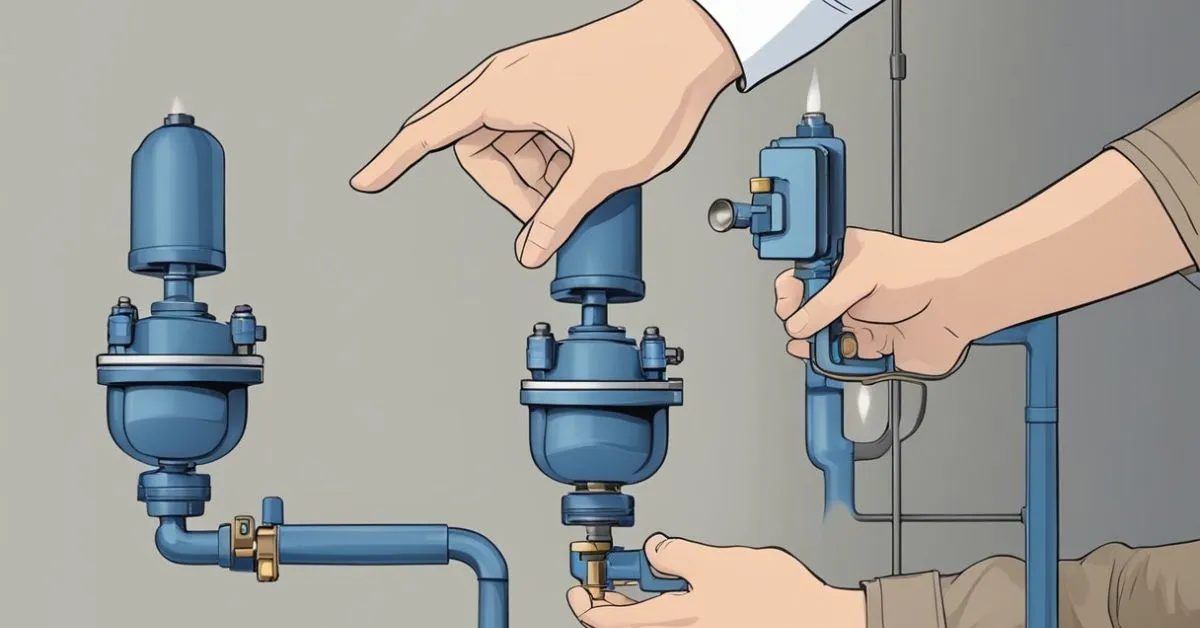Four years ago tomorrow, Royal Dutch Shell announced IF it constructed Appalachia’s first ethane cracker in decades, the site was roughly 30 miles northwest of Pittsburgh, Pennsylvania.
 In the 48 months since, the world’s oil industry has turned upside down – particularly since June 2014, as $100-plus per barrel oil vaporized, replaced by “Black Gold” selling for roughly one-third a barrel of gasoline today would cost.
In the 48 months since, the world’s oil industry has turned upside down – particularly since June 2014, as $100-plus per barrel oil vaporized, replaced by “Black Gold” selling for roughly one-third a barrel of gasoline today would cost.
Shell since January 2014, has sold assets worldwide totaling well over $16.48 billion, it’s canceled/exited major projects worth more than $16 billion, even after spending more than $5 billion prior to pulling the proverbial plug.
Pennsylvania cracker survives
One project has not been postponed, cut back or exited: The Beaver County, Pennsylvania cracker. In fact, the company has spent roughly $163 million and counting at the site of a former zinc smelter to buy and clean up property, even move a water treatment plant intake pipe and build a new treatment plant. State regulatory permits have been applied for and issued.
One other project Shell did not back away from. Last month the Supermajor finalized the $53 billion acquisition of BG Group, making the Anglo-Dutch company the world’s second largest supermajor behind ExxonMobil by market cap.
Analysts and consultants tell Kallanish Energy the fact the project has missed the cutbacks is a good sign it will move forward.
“There is no technical reason who no cracker has been built in the Northeast – it’s a question of economics,” according to James Cutler, CEO of Appalachian Resins, which itself has proposed a smaller cracker to be built in southeast Ohio.
“Shell is primarily a petroleum company and, as the price of oil has dropped dramatically, its profit is under pressure,” Tom Gellrich, founder of consulting firm TopLine Analytics, tells Kallanish Energy. “This put pressure on the remaining projects, like the cracker, which has survived the [project] cuts.”
Close mouthed
For its part, Shell remains as close-mouthed about its plans as it was four year ago. “The preliminary site preparation work and the final investment decision [for the cracker] are not directly related, other than the work is being done to prepare the land in the event we opt to proceed,” Shell spokesperson Kim Windon tells Kallanish Energy.
The proposed Shell cracker would convert 80-85,000 barrels per day (BPD) of ethane into ethylene, Mark Woods, president, Ethylene Strategies International, tells Kallanish Energy. Changes in the market could drop that number to 65,000 BPD of ethane if Shell Chemicals changes the mix in the plant to 80% ethane and 20% propane.
“I understand Shell has actually over-contracted for ethane because of the terms of the deals it was able to get, and the long-term possibility of shipping some of the ethane to Europe,” Woods said.
With supply in hand, what about demand? Keep in mind, Shell intends to build three polyethylene plants adjacent to the massive cracker, which take the cracker’s ethylene produced and convert it into polyethylene – one of the building blocks for most plastic products.
Easy selling polyethylene
Shell has said in its project brochures the Beaver County complex will produce 1.6 million tons of polyethylene annually.
“As for how are they going to sell the material [polyethylene], that is maybe the easiest of all [ethane supply vs. polyethylene customers],” TopLine’s Gellrich tells Kallanish Energy.
“Shell has existing customer base in the U.S., they will seek to expand that to prime the pump as it were. They also export from the U.S. to other regions.”
Gellrich added 50% of the plastics processing for North America is within a 500-mile radius of the proposed cracker’s location.
“They are also almost right on top of the shale gas midstream [facilities] processing separating out the ethane,” Gellrich continued. “So they benefit from not having to ship the ethane to a traditional Gulf Coast location, and the plastic resin back to this area. At current prices that eliminates roughly one-third the cost of the resin — a huge competitive advantage.”
Is a yay or nay on the Pennsylvania cracker forthcoming? Shell’s website pointed to an announcement by the end of March, but deadlines have been missed more than once in the last four years.
Gellrich believes a go, or no-go will be made at the next Royal Dutch Shell board meeting. “It [ a cracker decision] will be made at the last possible moment at the board level, and then you will see an announcement and activities,” according to Gellrich. “They have no incentive to announce or release the money before it is needed; it would limit their flexibility.”








